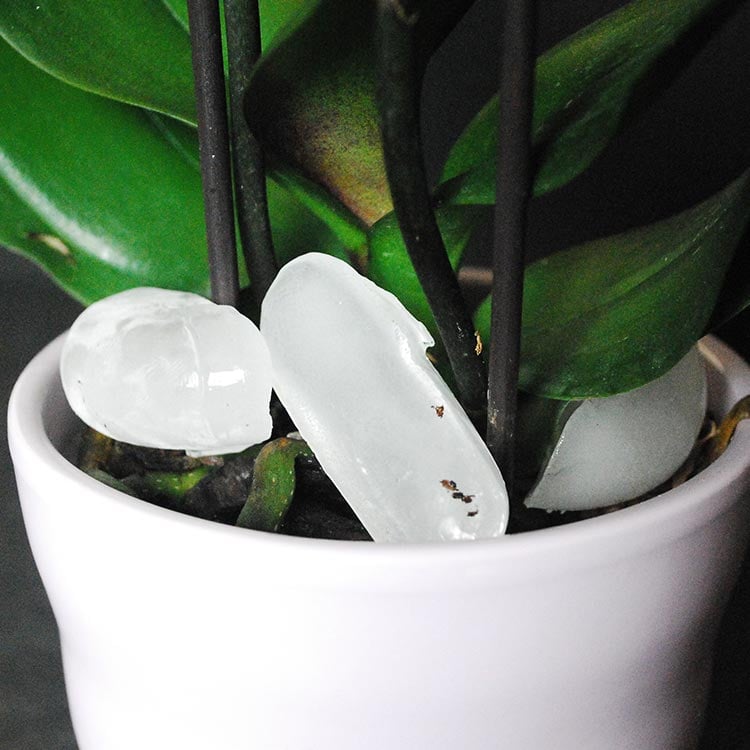
Overwatering is a common mistake many orchid enthusiasts make, and it can have serious consequences for your plants. Learning how to identify and manage orchid overwatering is crucial to keeping your orchid collection healthy and vibrant.
This blog will help you explore the signs of an overwatered orchid, steps to rescue overwatered orchids, and how to prevent an underwatered orchid situation. By following these tips, you can maintain a flourishing orchid collection and enjoy its stunning blooms for years.
Your orchid communicates its watering needs through its leaves and roots. Overwatered orchid leaves often turn yellow and may look limp, which is a sign that your plant is stressed. Healthy roots should be firm and green, so if you notice overwatered orchid roots that are mushy or black, root rot may be setting in. This condition hampers nutrient absorption and can be fatal if not addressed. Additionally, take a look at the potting medium; if it’s consistently soggy, your orchid is likely suffering from overwatering.
What Your Orchid’s Roots Are Telling You
The appearance of your orchid’s roots can reveal what kind of care your orchid needs.
If you suspect overwatering, it’s time to take action. Start by carefully removing your orchid from its pot to inspect the roots. Overwatered orchid roots may appear brown, mushy, or black. Trim away these unhealthy orchid roots with sterilized scissors to prevent further rot. Consider repotting your orchid in a fresh, well-draining bark-based mix to promote air circulation and recovery. Adjust your watering routine by allowing the potting medium to dry out completely before watering again. This will aid in the recovery of your overwatered orchid.
Preventing orchid overwatering begins with selecting the right potting mix. A well-draining mix, such as one containing bark or sphagnum moss, helps maintain the correct moisture balance for your orchid. Understanding your specific orchid species’ watering needs is also essential. For example, Phalaenopsis orchids may require more frequent watering than Cattleya orchids. Monitor the moisture level of the potting medium, and only water when it feels dry an inch down.

Copyright Just Add Ice® Orchids 2023